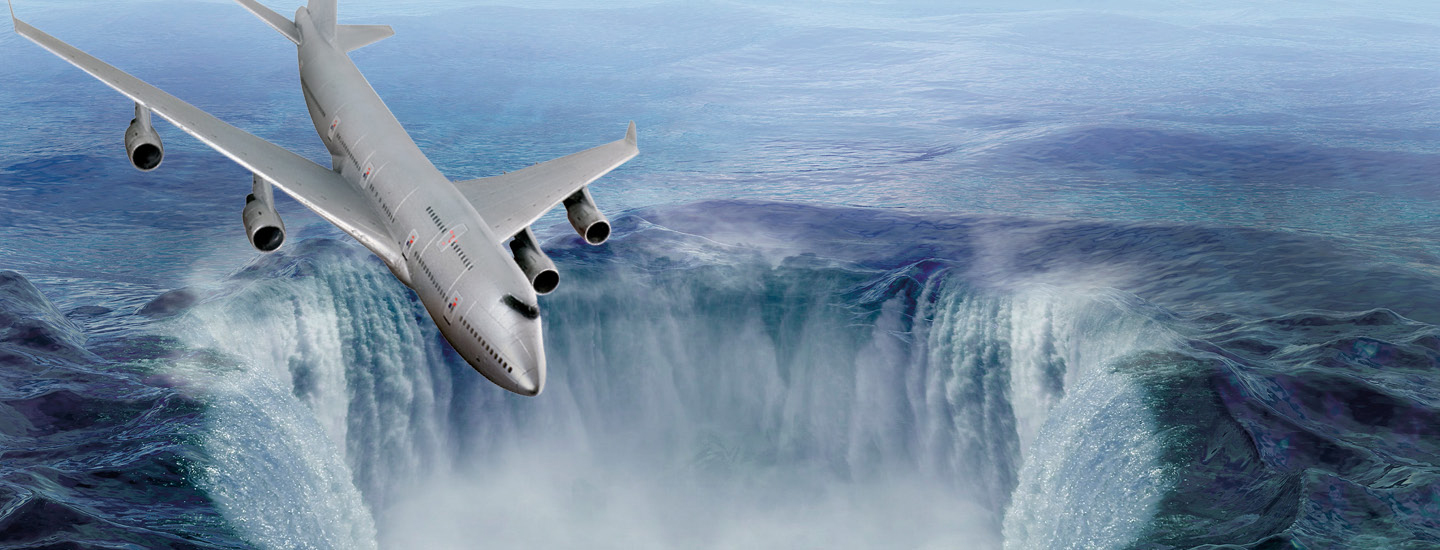Many people believe the answer lies in where the planes were flying: over a part of the Atlantic Ocean known as the Bermuda Triangle. Since the 1850s, the area has been linked with the disappearances of at least 50 ships and 20 planes—and possibly hundreds more.
The Bermuda Triangle is often defined as the area between Miami, Florida; San Juan, Puerto Rico; and Bermuda (see "Navigating the Triangle" map, below). It is bigger than California, Texas, and Florida combined.
Some people tell of strange experiences in the Bermuda Triangle. Heavy fog appears. Compasses, which typically point north, spin uselessly. Himilco, an explorer from the ancient city of Carthage in North Africa, ventured there in 500 B.C. He wrote of “monsters of the sea” but made it out safely. Others weren’t so lucky.
In 1918, for example, the USS Cyclops disappeared while crossing the Bermuda Triangle. The ship had more than 300 people on board. Yet it vanished without even a single radio call for help. Other boats have turned up completely empty, entire crews gone.
Flight control officers—who help direct planes’ takeoffs and landings—also report odd occurrences. In some, a plane communicating with them one minute is suddenly gone the next.

